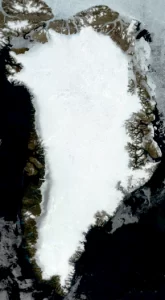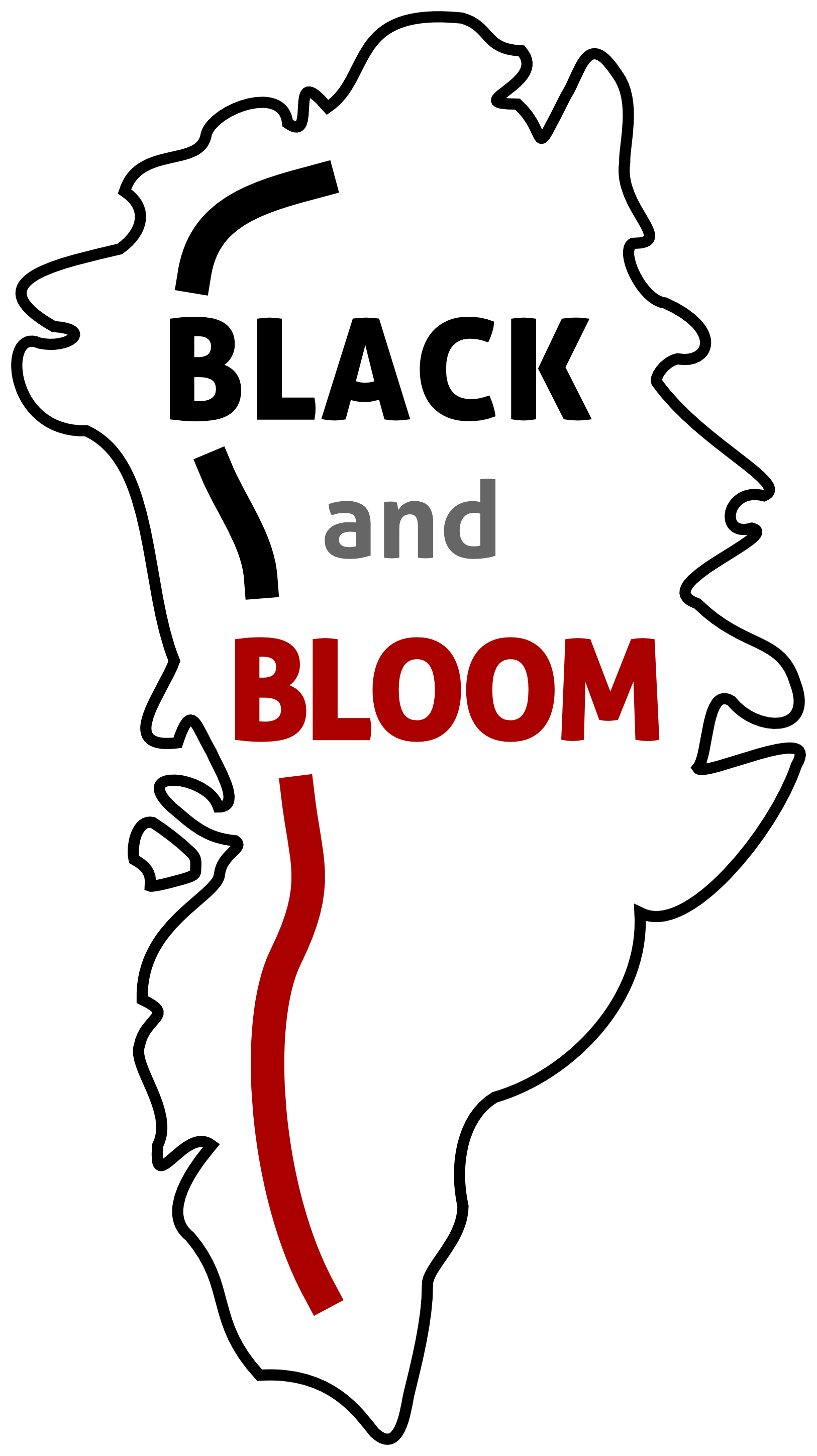Understanding the melt of the Greenland Ice Sheet

Black and Bloom is a NERC funded team of interdisciplinary scientists from the Universities of Bristol, Leeds, Sheffield and Aberystwyth (plus numerous international colleagues) working to determine the causes and consequences of increased melting of the Greenland Ice Sheet.
If fully melted, the Greenland Ice Sheet would add 7.2 m to global sea levels, and since 1992, melting of the ice sheet has been accelerating. Its our job to understand what is driving the increase in melt, and how the stability of the ice sheet will change in the future.
We believe that dark particles and microbes that thrive and bloom on melting ice surfaces are darkening the ice sheet, reducing the albedo (reflectance of solar radiation), and thus increasing melt. Global climate change will likely exacerbate this phenomenon, with warming providing more melt water in which microbes can thrive.
Over the next 4 years as we will run several ambitious field campaigns to the western ‘dark zone’ of the ice sheet to discover how particles and microbes are contributing to melt, and model our findings to accurately predict future sea level rise.
